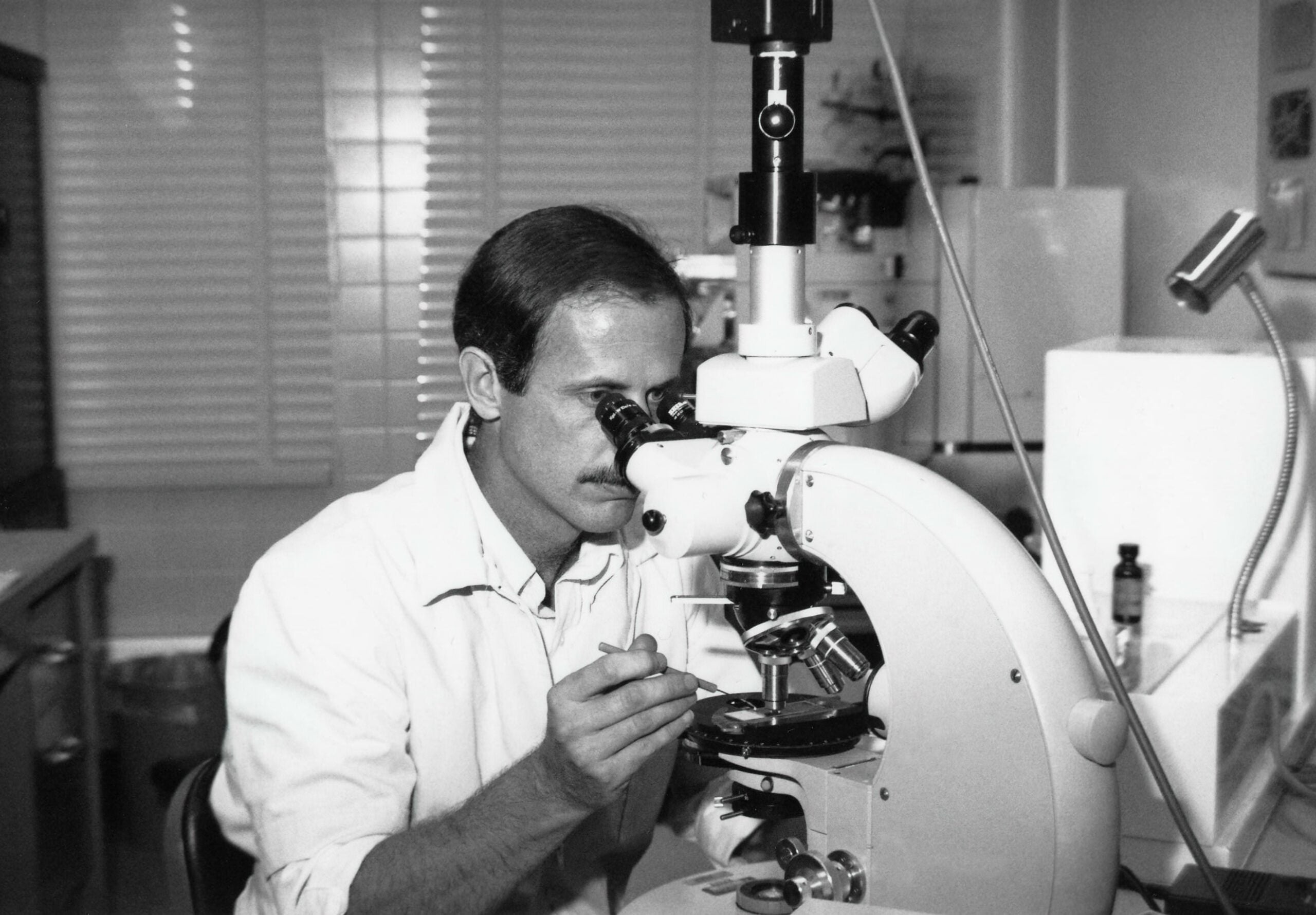Are you ready to embark on a journey into the mesmerizing world of the compound microscope? Prepare to be amazed as we unveil the intriguing facts surrounding this scientific marvel. From its humble beginnings to its unrivaled impact in various scientific fields, we will delve into the secrets that lie within. Join me as we explore the history, design, and countless applications of the compound microscope, and uncover the hidden wonders that have captivated scientists and researchers for centuries.

Intriguing Facts About Compound Microscopes
Welcome to the fascinating world of compound microscopes! In this article, we will uncover some intriguing facts about compound microscopes that will leave you in awe of their capabilities and impact on scientific exploration.
Evolution of Compound Microscopes
The journey of compound microscopes began in the late 1500s and early 1600s in Europe. These early microscopes were primitive compared to today’s advanced technology, but they paved the way for groundbreaking discoveries. Initially used to inspect small bugs, such as fleas, compound microscopes opened up a whole new world of exploration, allowing scientists to peer into the tiny realms of life.
The early compound microscopes were like windows to a hidden universe, revealing the intricacies of the microscopic world.
Magnification and Image Formation
Compound microscopes employ a combination of two or more convex lenses to magnify images. While only one objective lens is used at a time, the resulting images are two-dimensional. The magnification capabilities of compound microscopes are impressive, typically ranging from 40x to 1000x. This level of magnification enables researchers to view specimens that are not visible to the naked eye, such as blood cells and microorganisms.
With a compound microscope, scientists can unveil the hidden details that would otherwise remain unseen.
Exploring Different Configurations
Compound microscopes come in various configurations, including monocular, binocular, and trinocular models. The choice of configuration depends on the specific requirements and preferences of the user. Monocular microscopes have a single eyepiece, while binocular microscopes provide a more comfortable viewing experience with two eyepieces. Trinocular microscopes, on the other hand, offer the additional advantage of an extra eyepiece for simultaneous viewing or image capturing.
Compound microscopes cater to individual preferences and research needs, allowing scientists to explore the microscopic world with ease.
Immersion Oil and Stains for Enhanced Visibility
When observing specimens mounted on glass slides, immersion oil becomes a valuable tool. By placing a drop of immersion oil between the slide and the objective lens, the refractive index of the oil matches that of the glass, reducing light loss and increasing image clarity. Stains can also be used to enhance contrast in specimens, improving visibility and making certain structures more distinguishable.
Immersion oil and stains work like enhancement filters, bringing hidden details to light under the microscope.
Contribution to Scientific Discoveries
Compound microscopes have played a critical role in numerous scientific discoveries throughout history. Visionaries like Robert Koch used compound microscopes to identify disease-causing microorganisms, revolutionizing the field of medicine. These powerful tools have allowed scientists to make groundbreaking observations, uncovering the secrets of life at the cellular level.
Compound microscopes have acted as invaluable allies to the brilliant minds behind significant scientific breakthroughs.
Limitations and Costs
While compound microscopes offer incredible insights into the microscopic world, they do have some limitations. Higher magnifications may require a mechanical stage to precisely move the specimen, ensuring accurate observations. Additionally, the prices of compound microscopes can vary significantly, with some models reaching astronomical figures. However, these costs are justified by the invaluable contributions compound microscopes make to scientific research.
Like any scientific tool, compound microscopes have their requisites and investment considerations, but the knowledge they unlock is immeasurable.
In conclusion, the compound microscope is an amazing instrument that allows us to explore an invisible universe. With their rich history, powerful magnification capabilities, and essential role in scientific discoveries, compound microscopes continue to push the boundaries of human knowledge. So next time you take a glance through a compound microscope, remember the captivating secrets it holds and the wonders it reveals.
Intriguing Facts: Unveiling the Secrets of the Compound Microscope
A compound microscope is a remarkable instrument that offers a whole new world to explore. Want to uncover fascinating facts about compound microscopes? Dive into the realm of science and discovery by clicking here to learn more about the incredible wonders concealed within this powerful tool. With just a simple click, you can unlock a trove of knowledge and open your eyes to the mesmerizing world of microscopic organisms and intricate structures. Embark on an adventure like no other and satisfy your curiosity with these captivating facts about compound microscopes. So, what are you waiting for? Click here to embark on an unforgettable scientific journey.
FAQ
Q: What is a compound microscope?
A: A compound microscope is a type of microscope commonly used in laboratories. It uses two or more convex lenses to magnify the image and produces 2-dimensional images. Only one objective lens is used at a time.
Q: What is the typical magnification range of a compound microscope?
A: The typical magnification of a compound microscope ranges from 40x to 1000x. This is achieved by using 3-5 objective lenses that range from 4x-100x, combined with 10x eyepieces.
Q: What are compound microscopes used for?
A: Compound microscopes are used to view specimens that are not visible to the naked eye, such as blood cells. They have various scientific and medical applications and are essential tools in laboratories.
Q: How were the first compound microscopes used?
A: The first compound microscopes, invented in the late 1500s and early 1600s in Europe, were initially used to inspect small bugs, such as fleas. They played a crucial role in scientific discoveries throughout history.
Q: What is the role of stains and immersion oil in compound microscopy?
A: Stains can be used to enhance contrast in the specimen, improving visibility. Immersion oil is used to view specimens that have been mounted on glass slides. A mechanical stage is also useful at higher magnifications.
- Unlock 6000+ words beginning with he: A comprehensive analysis - April 20, 2025
- Mastering -al Words: A Complete Guide - April 20, 2025
- Master Scrabble: High-Scoring BAR Words Now - April 20, 2025
















